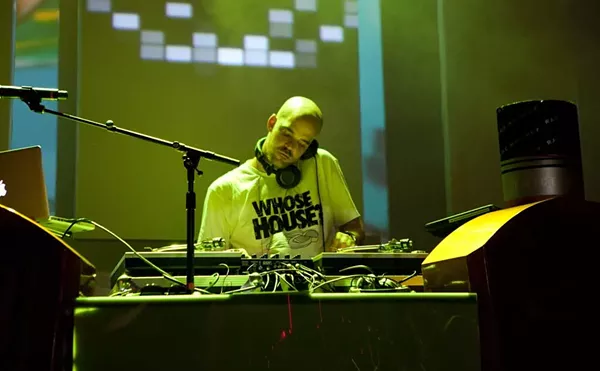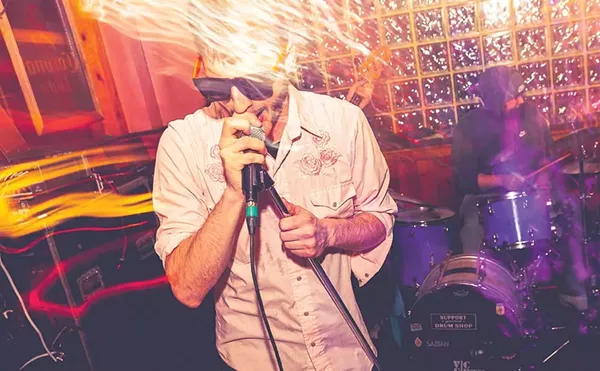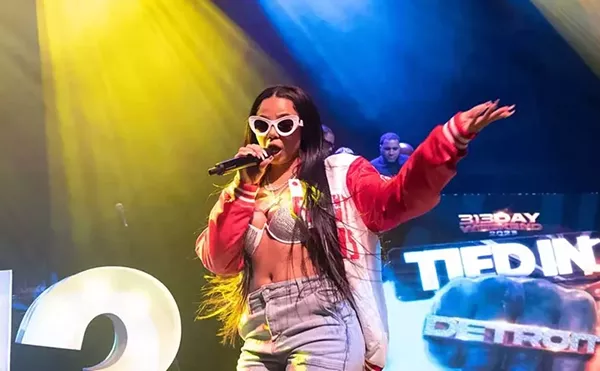Why? Slum Village music will be a new thing to the average hip-hop consumer. It’s not new to D’Angelo, Q-Tip, the Roots, Common, Mos Def, Erykah Badu, Janet Jackson, Dianne Reeves, the Brand New Heavies, Busta Rhymes, De La Soul and A Tribe Called Quest. All these folks have benefited either from Jay Dee’s production talents or from T3 and Baatin’s vocal assistance. And though some of the same artists return the favor by collaborating on SV’s debut (including Kurupt, Pete Rock and D’Angelo), it is Slum Village in name and concept. Therefore, it falls on the group to prove that the sound stands on its own. And it will, because it’s presented as a declaration, not a permission slip to be signed by the buyer. Therefore, whenever you hear them say McNick (as in McNichols) ...
... you’ll hear SV’s unique creativity: Jay Dee programming drums to simple complexity, intricate vocal arrangements that break the uniform code of the two-bar measure, and contemporary themes such as women, hood life and skills that still relate them to the street.
Where they come from is a place they call Conant Gardens. East side. Six Mile (East McNichols). And what they’ve created is a big pill to swallow. It’s so different, it might even hurt some of you going down. But once it’s in your system, "Go Ladies" will fester and grow. "Eyes Up" will revamp some old-school rhyme patterns you may have missed — and might still find potent. After hearing "Tell Me," the D’Angelo cut, you’ll wonder just how much Jay Dee influenced the Voodoo album (he submitted tracks which were never used, but the album still sounds like ...).
So if SV’s sound stomped with the big dogs, it ought to work with them. After all, it belongs to them. And now, they get to show the world that which has been kept under wraps (and bootlegged to hell) for the past three years.






